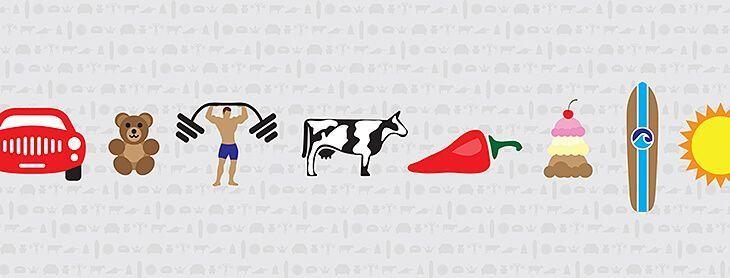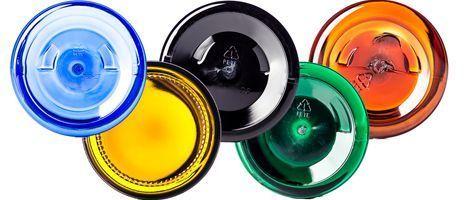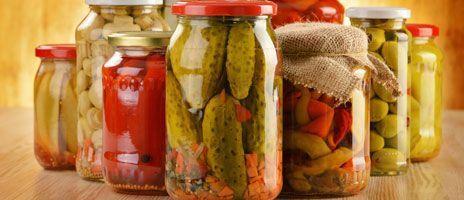Why Eco-Friendly Packaging Matters for Your Small Business


Sustainability isn’t just a buzzword anymore—it’s a movement. Consumers are actively seeking out brands that prioritize the environment, and small businesses that embrace eco-friendly packaging can gain a competitive edge. But where do you start? And how do you ensure your packaging choices are as green as they claim to be?
Let’s dive into the essentials of eco-friendly packaging, why it matters, and how your small business can implement sustainable solutions without breaking the bank.
The Benefits of Eco-Friendly Packaging
1. Enhancing Brand Image and Customer Loyalty
Today’s consumers care about sustainability, and they want to support brands that align with their values. Using eco-friendly packaging can position your business as responsible and forward-thinking. In turn, this fosters customer loyalty, as buyers feel good about their purchases knowing they align with their environmental beliefs.
2. Reducing Environmental Impact
Traditional packaging—especially plastics—can take hundreds of years to decompose. By switching to biodegradable or recyclable alternatives, your business can significantly reduce its ecological footprint. Less waste means a cleaner planet, and every effort counts.
3. Meeting Regulatory Requirements
With governments around the world implementing stricter regulations on single-use plastics and non-recyclable materials, making the switch to sustainable packaging now can help your business stay ahead of legal requirements.
How to Transition to Sustainable Packaging
1. Conduct a Packaging Audit
Start by evaluating your current packaging materials. Identify what can be reduced, replaced, or improved. Are you using excessive plastic? Are there alternatives available that maintain the same level of protection but with less waste?
2. Source Sustainable Materials
Look for suppliers that provide certified sustainable packaging options. Some popular eco-friendly materials include:
- Recycled cardboard and paper: Biodegradable, renewable, and widely recyclable.
- Compostable packaging: Made from natural materials like cornstarch or sugarcane.
- Bioplastics: Derived from renewable resources and often biodegradable.
3. Optimize Packaging Design
Less is more when it comes to sustainable packaging. Consider minimalistic designs that use fewer materials without compromising protection. Compact, lightweight packaging also reduces shipping costs and emissions.
Top Eco-Friendly Packaging Materials for Small Businesses
1. Recycled and FSC-Certified Paper
Sustainably sourced paper products reduce deforestation and carbon emissions. Ensure your packaging carries an FSC (Forest Stewardship Council) certification to guarantee responsible sourcing.
2. Mushroom Packaging
Yes, you read that right—packaging made from mushrooms! Mycelium-based packaging is biodegradable, strong, and a fantastic alternative to styrofoam.
3. Cornstarch-Based Packaging
This material looks and feels like plastic but breaks down naturally, making it an excellent option for food packaging and protective wrapping.
4. Kraft Paper and Cardboard
Kraft paper is durable, recyclable, and easily customizable, making it a fantastic alternative to plastic mailers and boxes.
Cost-Effective Strategies for Small Businesses
1. Buy in Bulk
Purchasing sustainable materials in bulk can reduce costs significantly. Many suppliers offer discounts for larger orders.
2. Partner with Green Suppliers
Look for vendors who specialize in eco-friendly packaging. Many offer competitive pricing and are willing to work with small businesses to provide cost-effective solutions.
3. Encourage Reuse
Design packaging that customers can repurpose. For example, branded tote bags or reusable mailers not only cut waste but also serve as ongoing advertising for your business.
How to Communicate Your Sustainable Efforts
1. Label Your Packaging Clearly
Use clear labels that highlight recyclability, compostability, or sustainability certifications. This helps customers dispose of materials correctly.
2. Educate Your Customers
Include messaging on your website, social media, and packaging about your commitment to sustainability. Transparency builds trust and encourages responsible disposal.
3. Leverage Social Media
Showcase your sustainable packaging choices in action. Share behind-the-scenes content of your efforts to reduce waste and highlight customer testimonials supporting your eco-friendly initiatives.
The Future of Sustainable Packaging
As technology advances, new materials and innovations are emerging. Edible packaging, biodegradable coatings, and algae-based alternatives are just a few examples of what’s to come. Staying informed and adaptable will keep your business ahead in the sustainability game.
Final Thoughts: Small Steps, Big Impact
Transitioning to eco-friendly packaging may seem daunting, but small changes add up. By prioritizing sustainable materials, optimizing design, and educating your customers, your business can make a meaningful impact.
Ready to make the switch? Explore our range of sustainable packaging solutions today!




